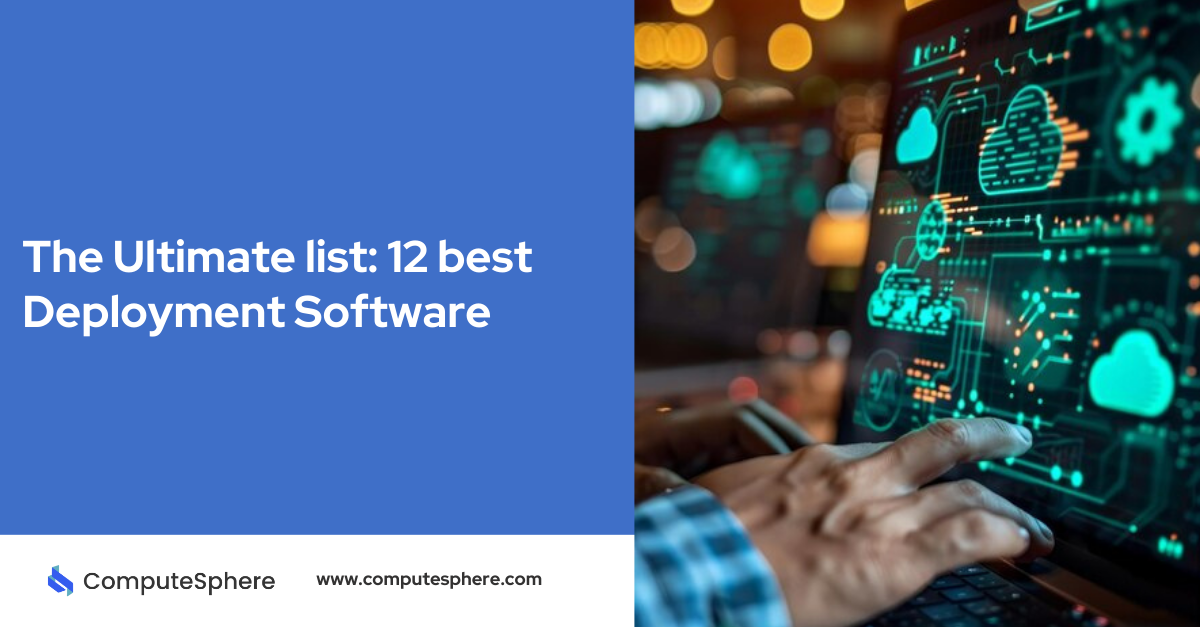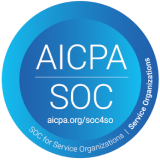The Ultimate Guide to Software as a Service(SaaS)
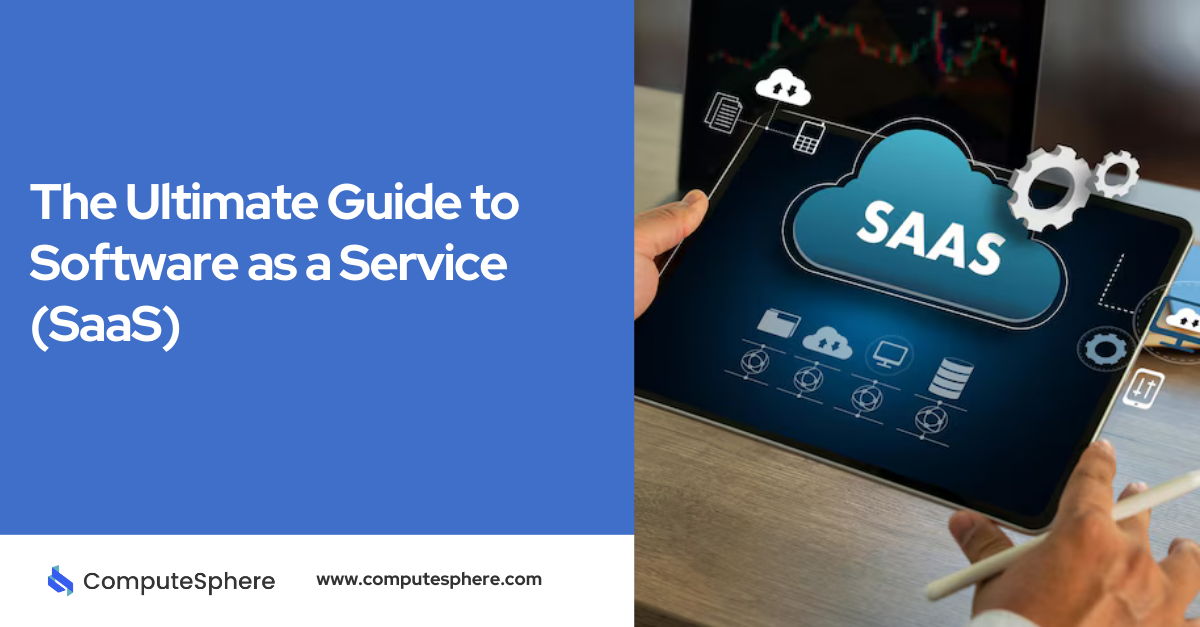
The SaaS market is valued at around $197 billion in 2023 and is expected to grow to $247 billion by 2024. These applications are typically hosted in the cloud. It allows users to access them via desktop and mobile apps or through a web browser. It offers flexibility and ease of use across multiple devices.
SaaS also enables regular updates and security patches directly from the provider. It ensures users always have the latest features without manual installations.
Additionally, SaaS scales with business needs, making it a cost-effective solution for both small startups and large enterprises.
Let’s see in this guide everything about the fundamentals of SaaS, its advantages, and key factors for effective implementation.
What is Software as a Service (SaaS)?
Software as a Service, or SaaS, is a cloud-based software delivery model that enables users to access applications over the Internet rather than installing and maintaining software locally.
SaaS providers manage the software and the underlying infrastructure, automatically handling updates and security patches. The users connect to the application via a web browser, which offers instant access, ease of use, and compatibility across devices.
Additionally, with SaaS organizations can reduce costs, increase scalability, and allow remote accessibility, which has made it a popular choice across industries, from small startups to large enterprises.
SaaS vs. PaaS
SaaS provides ready-to-use applications over the internet, which is ideal for end-users who want a complete software solution without managing the backend.
On the other hand, PaaS (Platform as a Service) provides a development platform and environment in the cloud. It allows developers to build, test, and deploy custom applications without worrying about infrastructure.
Unlike SaaS, which is designed for users, PaaS is a toolkit for developers.
SaaS vs. Cloud Computing
SaaS is a specific cloud computing model focused on delivering software applications online. Cloud Computing is a broader term encompassing various models, including Infrastructure as a Service (IaaS) and PaaS, which provides access to online resources and infrastructure (like servers, storage, and networking). SaaS falls under the umbrella of cloud computing, with a focus on applications accessible over the internet.
Characteristics of SaaS
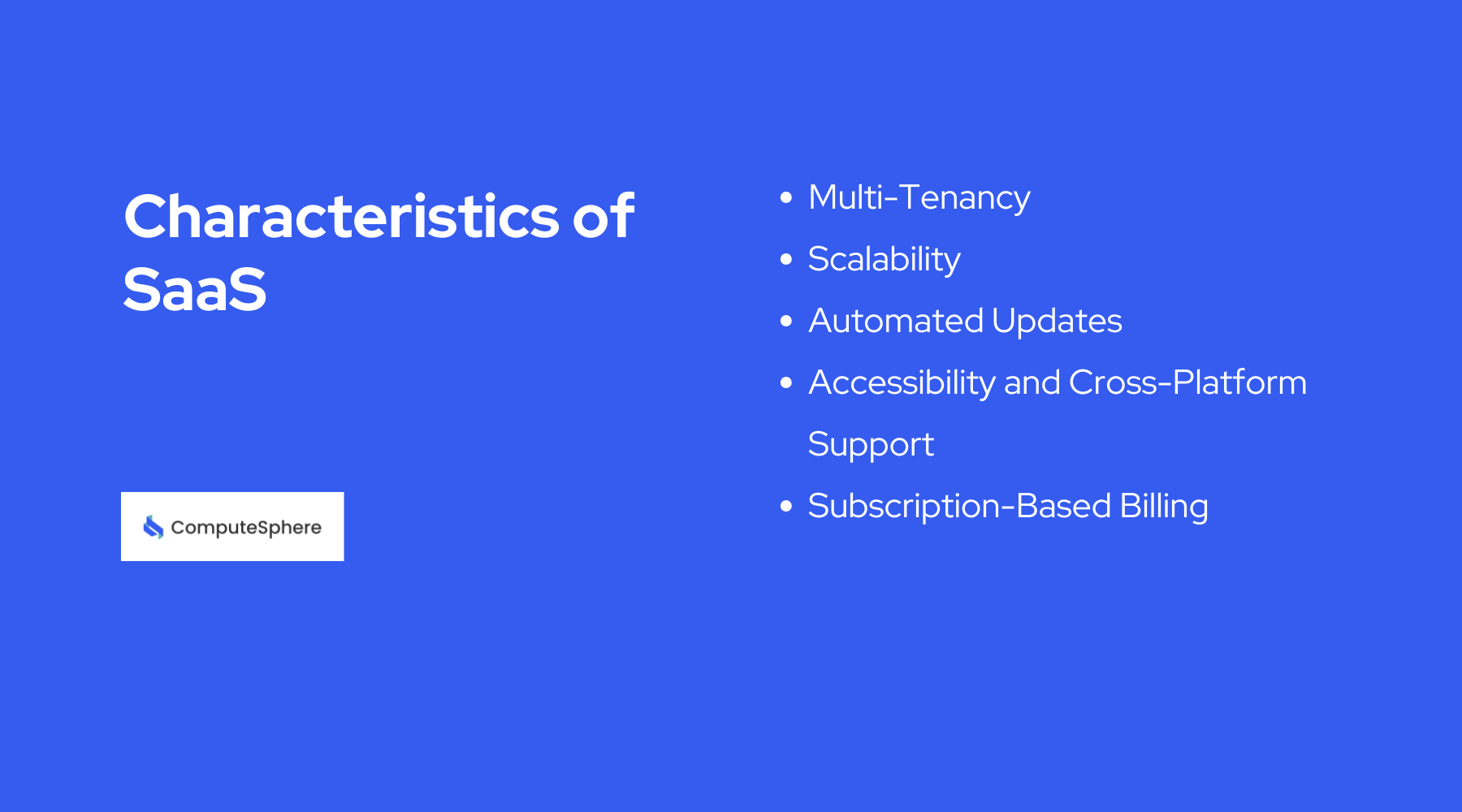
SaaS solutions come with distinctive features that set them apart from traditional software models:
Multi-Tenancy
Multiple users or tenants share the same application infrastructure, with individual configurations and data kept secure and separate. This design ensures that each user enjoys customized experiences while the provider maintains a single version of the software.
Scalability
SaaS applications scale easily to accommodate increased user demand. Providers manage resources dynamically. It enables businesses to add or remove users seamlessly.
Automated Updates
SaaS providers handle all updates, patches, and maintenance. This ensures users always have access to the latest features and security improvements. This automation reduces operational burden and helps companies remain secure and compliant with minimal intervention.
Accessibility and Cross-Platform Support
SaaS applications are accessed over the internet, which allows compatibility across various devices, including desktops, tablets, and smartphones. This accessibility is important for supporting remote work and improving user flexibility.
Subscription-Based Billing
SaaS typically operates on a subscription basis, providing predictable, recurring billing models that align with organizational budgets. This model contrasts with traditional licensing and often includes different tiers or pricing plans to meet varied business needs.
Process to Build a Great SaaS Product
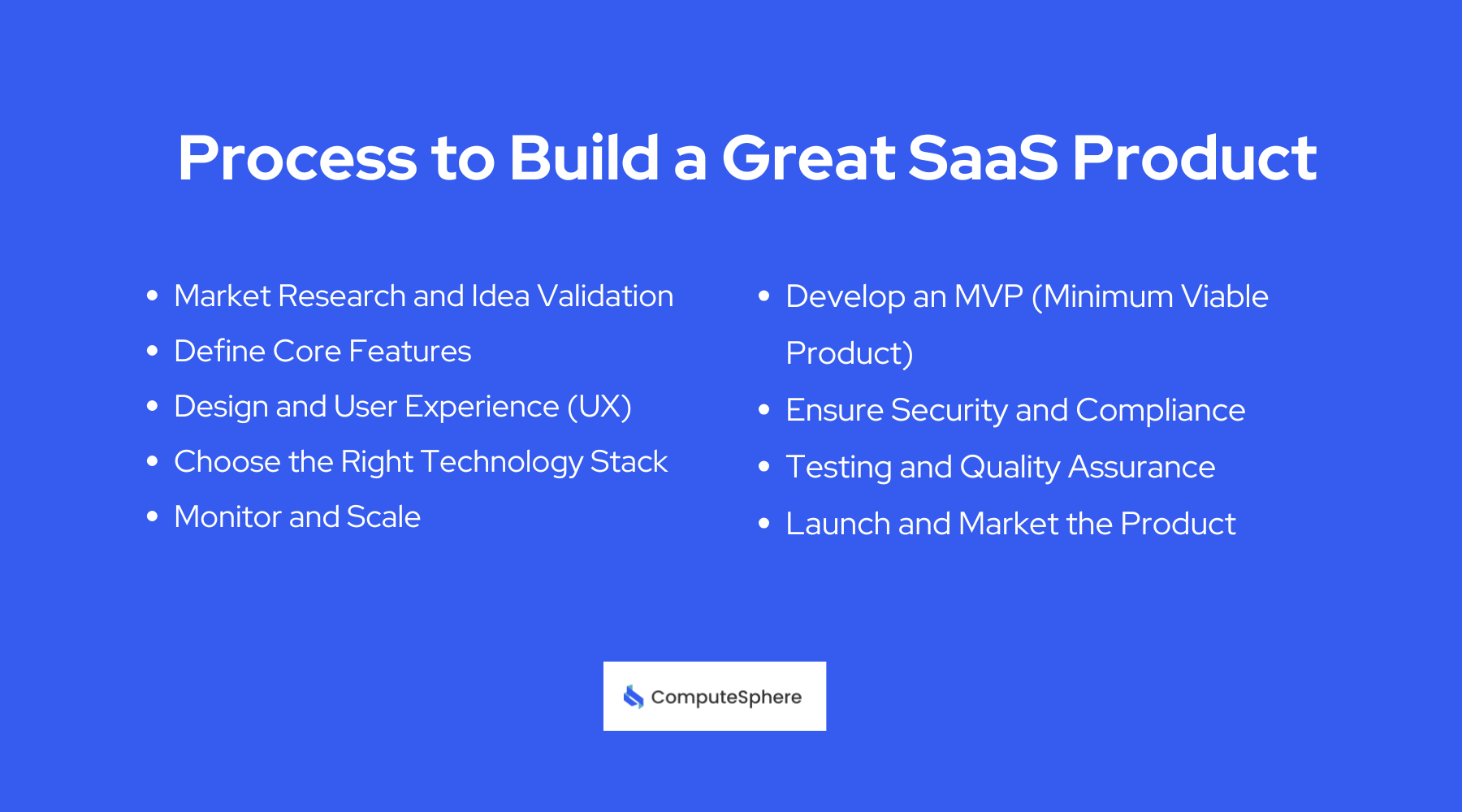
Creating a high-quality SaaS product involves a comprehensive process from ideation to deployment:
Market Research and Idea Validation
Start with identifying a clear market need or problem that your SaaS product will solve. Research competitors, define your target audience, and validate the demand for your solution.
Define Core Features
Based on your research, outline the essential features your product needs. Avoid overloading with excessive functionalities; instead, focus on solving the key pain points effectively.
Design and User Experience (UX)
Prioritize a simple, intuitive, and responsive design. User experience is vital in SaaS as it directly impacts user retention and satisfaction.
Choose the Right Technology Stack
Select a technology stack that supports scalability, performance, and security. Technologies like Node.js, React, and microservices architecture are popular choices for modern SaaS development.
Develop an MVP (Minimum Viable Product)
Build a functional MVP with core features. The MVP allows you to collect valuable user feedback early, iterate on the product, and build further based on real-world user requirements.
Ensure Security and Compliance
Security is crucial for SaaS. Implement robust security measures like data encryption, user authentication, and regular security audits. Ensure compliance with standards relevant to your industry, such asor HIPAA
Testing and Quality Assurance
Conduct extensive testing across various devices, operating systems, and scenarios to ensure performance, usability, and reliability. Automated testing tools can enhance efficiency in this stage.
Launch and Market the Product
Develop a go-to-market strategy, including targeted marketing campaigns, SEO, and partnerships. Engage early adopters and leverage user feedback for continuous improvements.
Monitor and Scale
Post-launch, monitor product performance, user engagement, and scalability. Use analytics to gain insights, improve features, and introduce new functionalities as your user base grows.
Benefits of Adopting SaaS in Cloud Computing

SaaS offers various advantages, particularly when integrated into cloud environments:
Cost Savings
One of the biggest benefits of SaaS in cloud computing is its cost efficiency. With SaaS, companies can eliminate the need for extensive on-premise hardware, reducing both initial and ongoing maintenance costs.
Additionally, SaaS operates on a subscription model, allowing businesses to pay only for the services they use, which makes budgeting more predictable. By reducing infrastructure requirements and IT labor expenses, SaaS enables companies to allocate resources more strategically.
Flexibility and Accessibility
SaaS applications are typically hosted in the cloud and accessed over the internet, making them available from anywhere with an internet connection. This accessibility is crucial in today’s remote work landscape. This allows employees to collaborate and access essential tools from any location or device.
Cloud-based SaaS applications also support cross-platform compatibility, which means that users can switch between devices seamlessly, whether they are working from a desktop computer, tablet, or smartphone.
Scalability
Scalability is a core benefit of SaaS within cloud computing. As businesses grow or experience shifts in demand, SaaS solutions can easily scale to accommodate more users, additional storage, or enhanced functionality without major infrastructure changes.
This elasticity is ideal for companies experiencing rapid growth or seasonal demands, as it provides flexibility without requiring significant hardware investments. SaaS providers handle the scaling process, allowing organizations to focus on their operations rather than technical adjustments.
Automatic Updates and Maintenance
SaaS providers manage all software updates, maintenance, and security patches, freeing users from the complexities of manual updates. This means that businesses can always access the latest features and security enhancements without experiencing downtime or disruptions. Automatic updates ensure that software stays up-to-date with current industry standards and compliance requirements, providing a smooth, hassle-free user experience.
Enhanced Security
Reputable SaaS providers invest heavily in cybersecurity, implementing industry-standard protocols for data encryption, access control, and multi-factor authentication. By centralizing data in the cloud, SaaS providers can manage and protect it more effectively than individual organizations could.
Additionally, these providers often conduct regular security audits, ensuring that their infrastructure complies with regulatory requirements and protecting sensitive data from breaches. This level of security is particularly valuable for smaller organizations that may not have extensive cybersecurity resources.
Improved Collaboration
SaaS solutions are designed with collaboration in mind, allowing users to work on the same documents, share files, and access real-time updates regardless of their physical location. Features like version control, collaborative editing, and user access controls facilitate team collaboration and streamline workflows, making it easier for employees to work together effectively. This collaborative functionality is essential for remote teams, ensuring that everyone remains aligned and productive.
Rapid Deployment and Time to Value
Unlike traditional software that requires lengthy installation and configuration processes, SaaS applications can be deployed quickly. This rapid deployment accelerates time to value, allowing businesses to start using the software and gaining benefits almost immediately. Faster implementation means that teams can adapt to new tools without extended downtime, leading to quicker productivity gains and a more agile business environment.
Data Backup and Disaster Recovery
SaaS providers offer robust data backup and disaster recovery solutions, ensuring business continuity even in the event of hardware failures, cyberattacks, or natural disasters. Data stored in the cloud is automatically backed up and can be restored quickly, minimizing data loss and reducing downtime.
This reliability provides peace of mind for businesses, knowing that their data is secure and accessible, even in emergencies.
Access to Advanced Technologies
Adopting SaaS provides companies with access to advanced technologies, such as artificial intelligence, machine learning, and analytics, which may otherwise require significant resources to develop or integrate in-house. Many SaaS providers incorporate these technologies to enhance their products, providing tools like predictive analytics, customer behavior tracking, and automation.
This gives businesses a competitive advantage by enabling them to use innovative features that increase smarter decision-making and process optimization.
SaaS Use Cases Across Industries
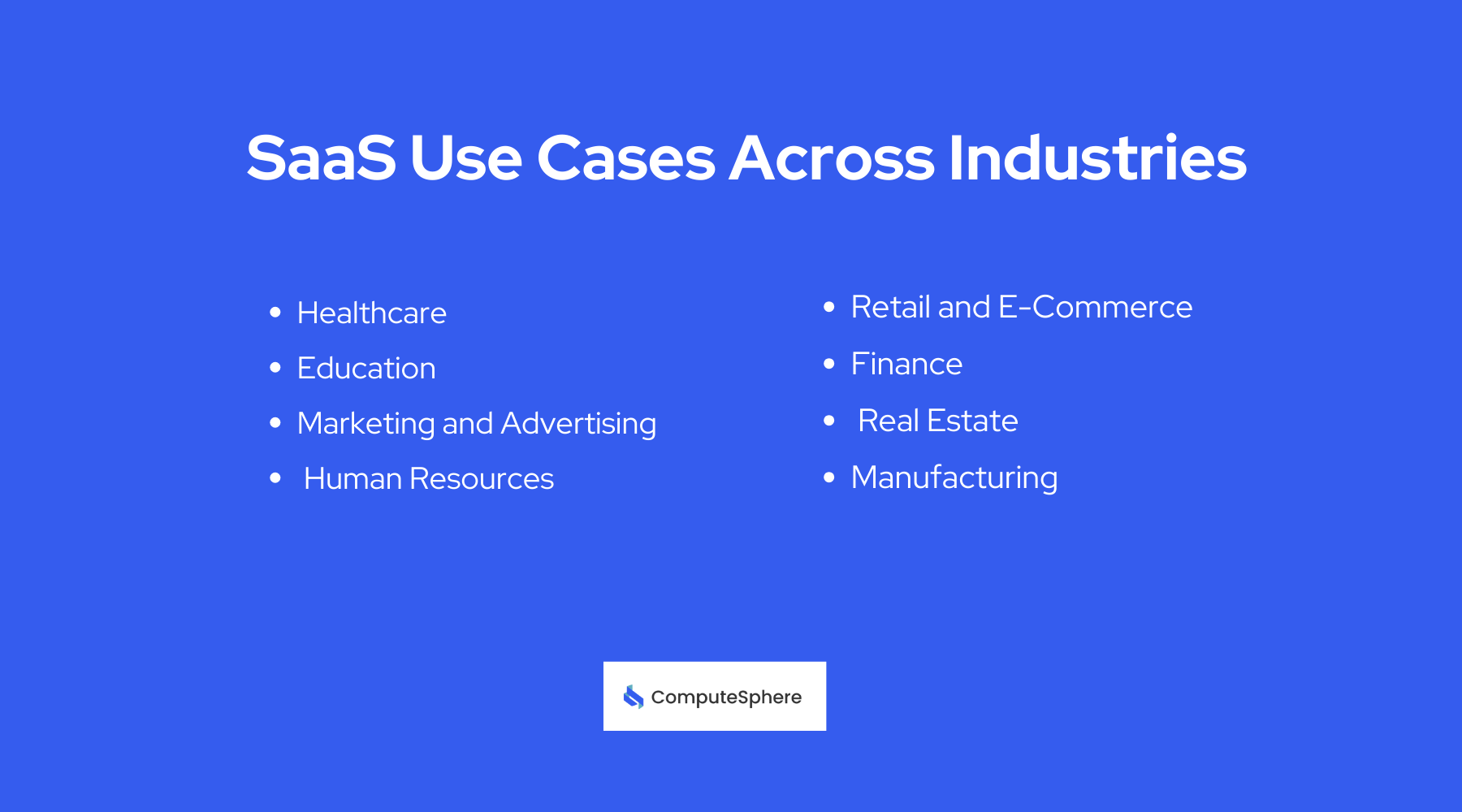
Let's explore how SaaS is used in key sectors:
Healthcare
In healthcare, SaaS has transformed patient data management, telemedicine, and compliance. SaaS-based Electronic Health Record (EHR) systems centralize patient data, allowing secure access to records across hospitals and clinics. These platforms streamline workflows, enhance communication between healthcare providers, and improve patient care quality.
Additionally, SaaS platforms enable telemedicine services, making remote consultations and patient monitoring accessible and efficient. This flexibility is important for remote areas, where access to healthcare can be limited. By handling data security and regulatory compliance, SaaS solutions ensure patient data remains confidential and protected, adhering to standards like HIPAA.
Education
The education sector has rapidly adopted SaaS for online learning and administrative management. Learning Management Systems (LMS), such as Google Classroom and Canvas, provide a centralized platform where educators can deliver courses, track student progress, and assess performance.
SaaS solutions also facilitate remote learning, a necessity during the COVID-19 pandemic, enabling students and teachers to connect from anywhere. Collaboration tools integrated into these platforms, like Zoom and Google Workspace. This enhances student engagement and supports a blended learning environment.
Finance
Finance relies heavily on SaaS for accounting, payroll, and compliance management. Applications like QuickBooks and Xero provide real-time access to financial data, streamlining budgeting, expense tracking, and tax preparation.
SaaS-based payroll management systems automate salary processing, tax calculations, and compliance, making it easier for companies to manage payroll and employee benefits without the need for complex software installations. These tools reduce manual errors, provide security, and ensure compliance with changing regulations, which is critical in the financial sector.
Human Resources
SaaS has reshaped human resources (HR) by simplifying processes such as recruitment, employee onboarding, and performance management. Platforms likeBambooHR and Workday enable HR teams to manage employee records, payroll, and benefits in one place, enhancing productivity and transparency.
SaaS solutions also offer tools for employee training, performance evaluation, and feedback collection, which can help improve retention and satisfaction. These platforms make it easier to ensure compliance with labor laws and facilitate remote HR management.
Retail and E-Commerce
In retail and e-commerce, SaaS applications support inventory management, CRM, and marketing automation. For instance, Shopify and BigCommerce provide complete e-commerce platforms, allowing businesses to create, manage, and scale online stores with minimal setup.
Customer Relationship Management (CRM) platforms like Salesforce enable businesses to personalize customer interactions, track sales data, and develop targeted marketing campaigns. Inventory management tools streamline stock tracking, reducing overhead and preventing overstock or stockouts, enhancing the overall efficiency of supply chains.
Manufacturing
Manufacturing companies use SaaS for Enterprise Resource Planning (ERP), quality management, and supply chain optimization. SaaS-based ERP systems integrate production planning, procurement, and inventory management, providing real-time insights into the production process.
This allows companies to manage resources more effectively and ensure consistent quality control. Quality management SaaS solutions also support regulatory compliance. It helps manufacturers maintain product standards and minimize waste.
Marketing and Advertising
In the marketing and advertising industry, SaaS solutions automate campaigns, manage customer relationships, and provide analytics for data-driven decision-making. Platforms like HubSpot and Mailchimp offer tools for campaign management, lead nurturing, and email marketing.
Additionally, analytics platforms such as Google Analytics provide insights into campaign performance, enabling marketers to optimize content and maximize ROI. SaaS-based marketing tools allow businesses to develop targeted campaigns, track audience engagement, and adjust strategies immediately.
Real Estate
SaaS solutions in real estate streamline property management, virtual tours, and client communications. Property management platforms enable realtors to list properties, manage tenant records, and handle rental payments securely. Virtual tour applications powered by SaaS allow prospective buyers to explore properties remotely, making the property-buying process more convenient and accessible.
These platforms help agents manage customer relationships, schedule viewings, and track leads, all within a centralized system that simplifies daily operations.
Wrap up
To sum up, Software as a Service (SaaS) has changed the way businesses and people use technology by providing flexible, cost-effective solutions that grow with their needs. SaaS helps companies save on costs, set up faster, and focus on their goals instead of managing complex IT. With features like multi-user setups, strong security, and easy connections to other tools, SaaS has become essential for modern businesses.
As technology advances with AI and machine learning, SaaS will continue to improve how companies operate and serve their customers. Choosing SaaS today sets up businesses for growth and success in the long run.
Contents
Built for Builders. Priced for Startups.
Tired of unpredictable cloud bills? ComputeSphere offers modular, fixed-cost cloud hosting that grows with your startup—no DevOps headaches, no surprises.
Get StartedShare this article
Browse Some Related Blogs
Relevant and related contents you can read




